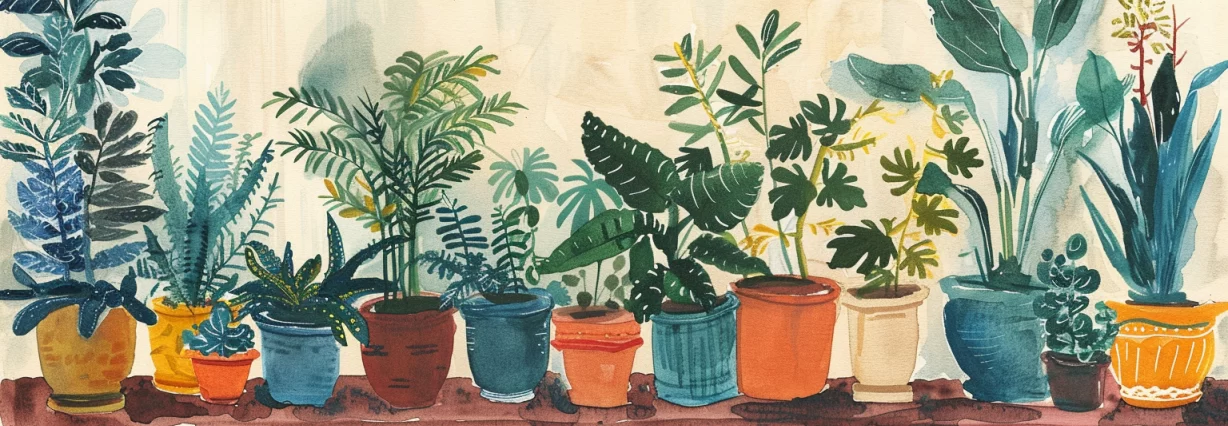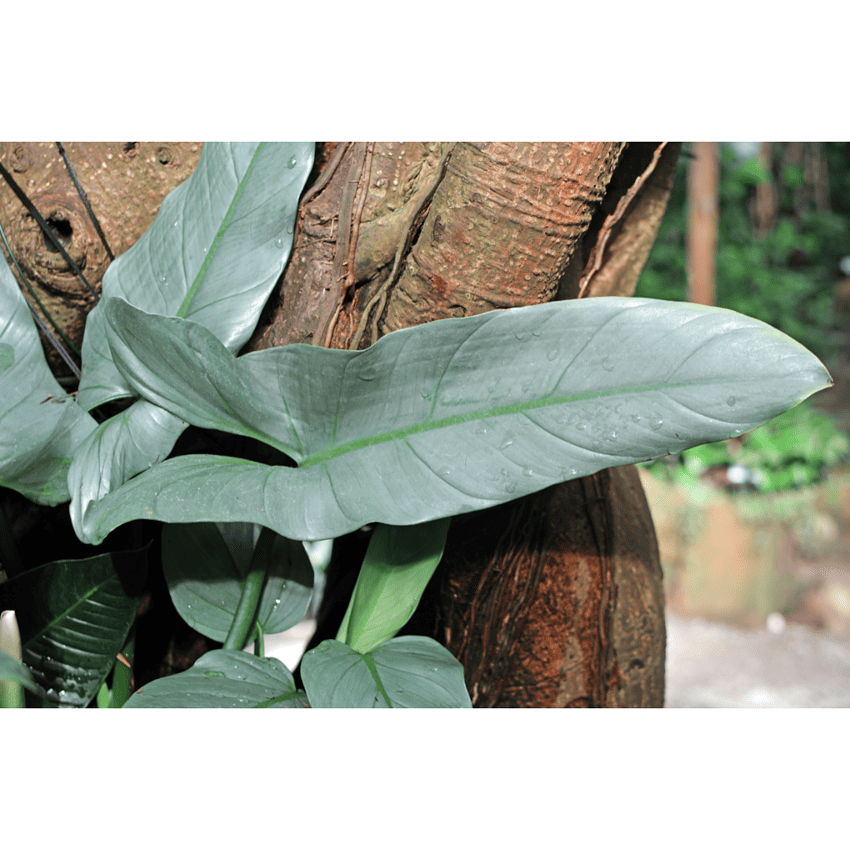Silver Sword Philodendron, also known as Philodendron Hastatum, is a beautiful plant that is becoming increasingly popular among plant enthusiasts. This plant is native to South America and is known for its striking foliage, which is silvery-green and arrow-shaped. As the plant matures, its leaves become elongated and tri-lobed, making it a stunning addition to any indoor space.
The Silver Sword Philodendron is a relatively low-maintenance plant, making it a popular choice for those who are new to plant care. This plant requires well-draining soil with peat and perlite, and it thrives in bright, indirect light. It is also important to water the plant regularly and to fertilize it once a month with either fertilizer or compost tea. With the right care, it can grow up to six feet tall, making it a statement piece in any room.
Key Takeaways
- This is a beautiful plant with striking silvery-green, arrow-shaped leaves.
- This plant is relatively low-maintenance, making it a popular choice for those who are new to plant care.
- With the right care, the Silver Sword Philodendron can grow up to six feet tall, making it a statement piece in any room.
Overview
The Silver Sword Philodendron, also known as Philodendron hastatum or Philodendron silver sword, is a popular tropical plant that belongs to the Araceae family. It is native to the rainforests of Rio de Janeiro, South America, and is considered an endangered species in the wild.
Description
This is a stunning houseplant with large, elongated, and tri-lobed leaves that are pale, silvery-green in color. As it matures, its leaves become increasingly elongated and develop a sharp point, similar to a sword. This vining variety can reach up to 3 feet tall and requires support to climb.
Species
It is a member of the Philodendron hastatum species known for its glossy silver and mint-green leaves. Plant enthusiasts highly sought this species which can be found online or at local nurseries. When purchasing from retailers, it is essential to ensure that the plant is of high quality and free from pests or diseases.
Care
This plant is relatively easy to care for and can be grown indoors. It thrives best in bright, indirect light and requires watering daily. It is important to allow the soil to dry out slightly between watering to avoid overwatering. Additionally, monthly fertilization with either fertilizer or compost tea can help keep the plant healthy and vibrant.
In conclusion, the Silver Sword Philodendron is a beautiful and unique tropical plant that can add a big-impact accent to contemporary or bohemian living spaces. With proper care, it can thrive indoors and bring a touch of the rainforest into your home.
Frequently Asked Questions
Is the Philodendron Silver Sword a rare plant?
No, this is not a rare plant. It is a popular houseplant that is widely available in nurseries and online stores.
What is the difference between Philodendron Silver Queen and Silver Sword?
The Philodendron Silver Queen and Silver Sword are different varieties of Philodendron plants. The Silver Queen has smaller, more rounded leaves with a darker green color, while the Silver Sword has larger, elongated leaves with a silvery green color.
How much light does a Silver Sword Philodendron need?
The Silver Sword Philodendron prefers bright, indirect light, but can tolerate lower light conditions. Avoid direct sunlight, as it can scorch the leaves.
Is the Silver Sword Philodendron easy to care for?
Yes, the Silver Sword Philodendron is generally an easy plant to care for. It prefers well-draining soil, moderate watering, and moderate to high humidity. It can also benefit from occasional fertilization.
Does the Silver Sword Philodendron flower?
Yes, the Silver Sword Philodendron can produce flowers, but they are not very showy. The plant is grown primarily for its striking foliage.
How can I encourage my Silver Sword Philodendron to grow bushy?
To encourage bushy growth, you can pinch back the tips of the plant’s stems. This will stimulate new growth and create a fuller, more compact plant. Additionally, you can provide the plant with a support structure, such as a moss pole, to encourage it to climb and branch out.


